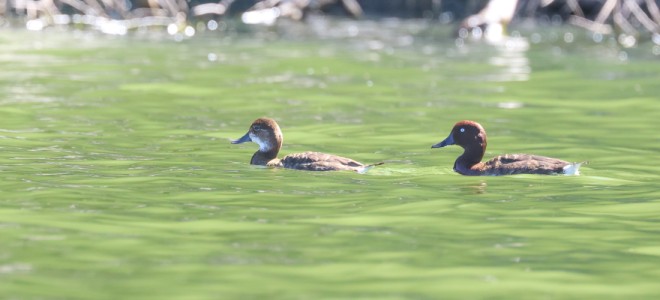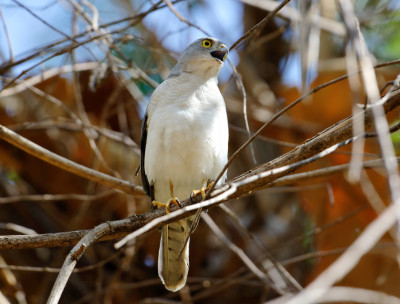In Madagascar, over 90% of plants and 80% of all animal species are found only on the island nation, and over 40% of the flora and fauna species are listed as Vulnerable, Endangered, or Critically Endangered by the IUCN. Because of this threat to biodiversity, collaboration across disciplines is important to document and monitor Madagascar’s unique ecosystems. Through expeditions to understudied areas in Madagascar, our team has rediscovered presumed-extinct species and discovered entirely new species.
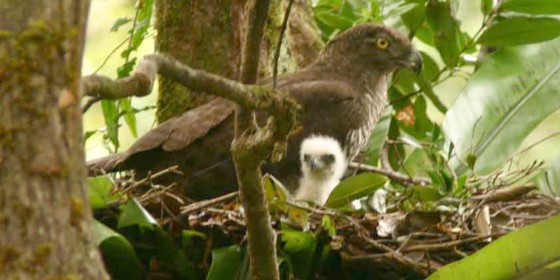
Russell Thorstrom
Our Discoveries
Madagascar Serpent-eagle
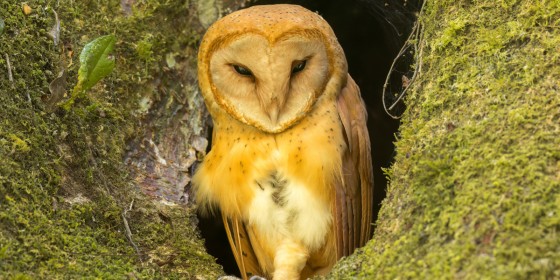
Russell Thorstrom
Our Discoveries
Madagascar Red Owl
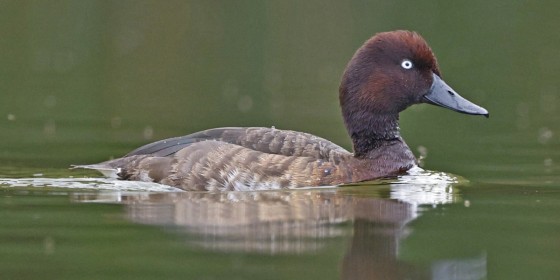
Russell Thorstrom
Our Discoveries
Madagascar Pochard
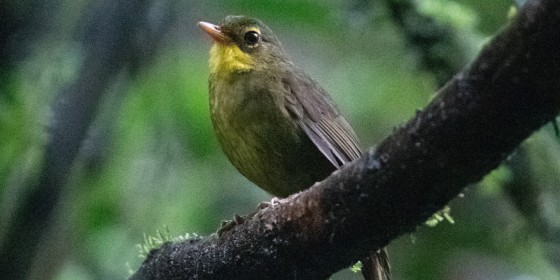
John C. Mittermeier
Our Discoveries
Dusky Tetraka
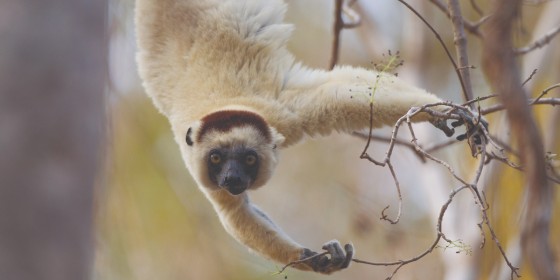
Ralph Buij
Our Discoveries
Lemurs
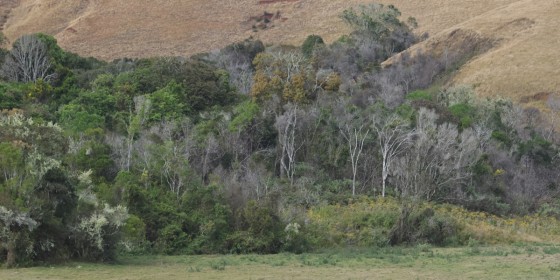
Evan Buechley
Our Discoveries
